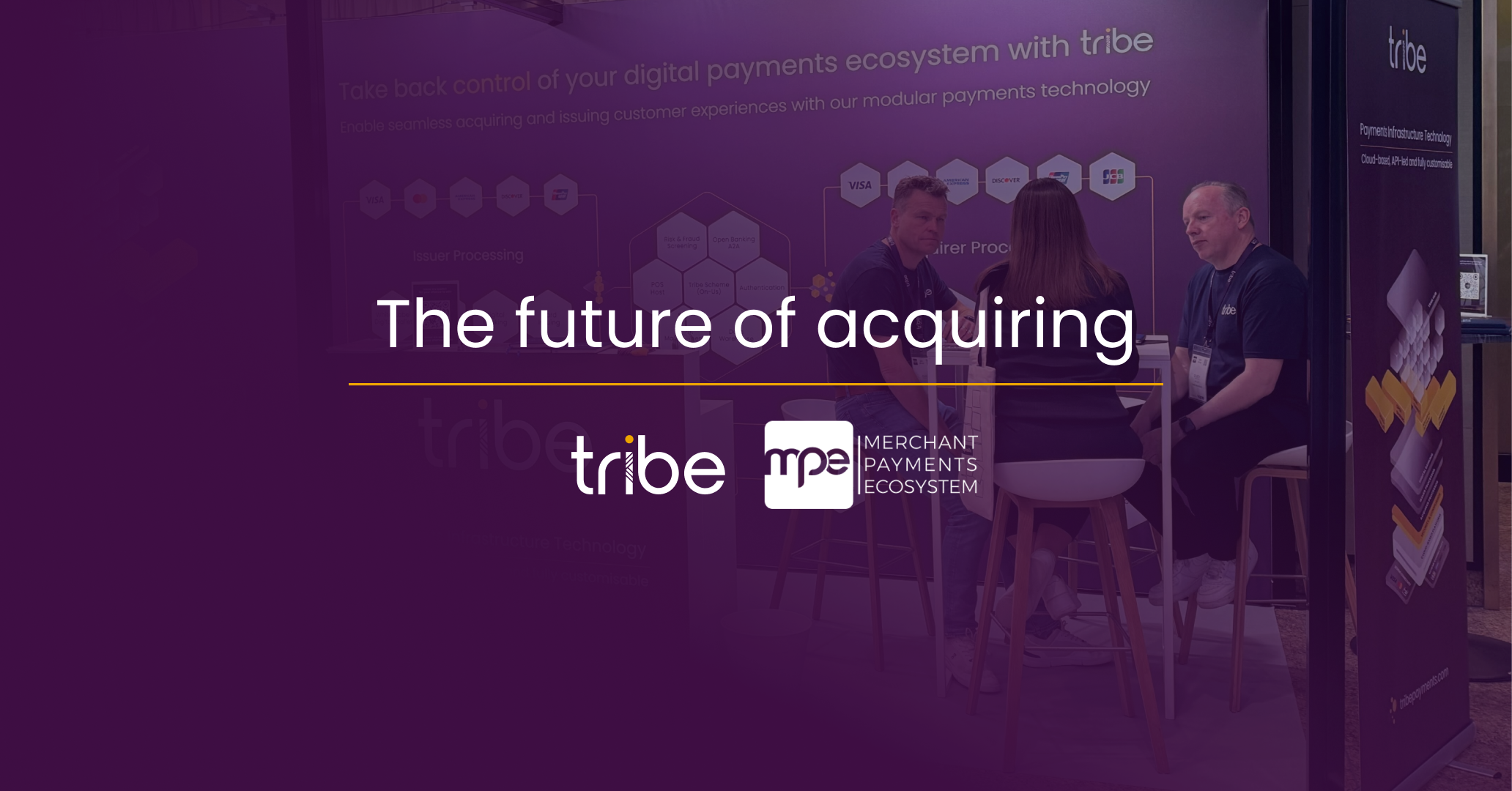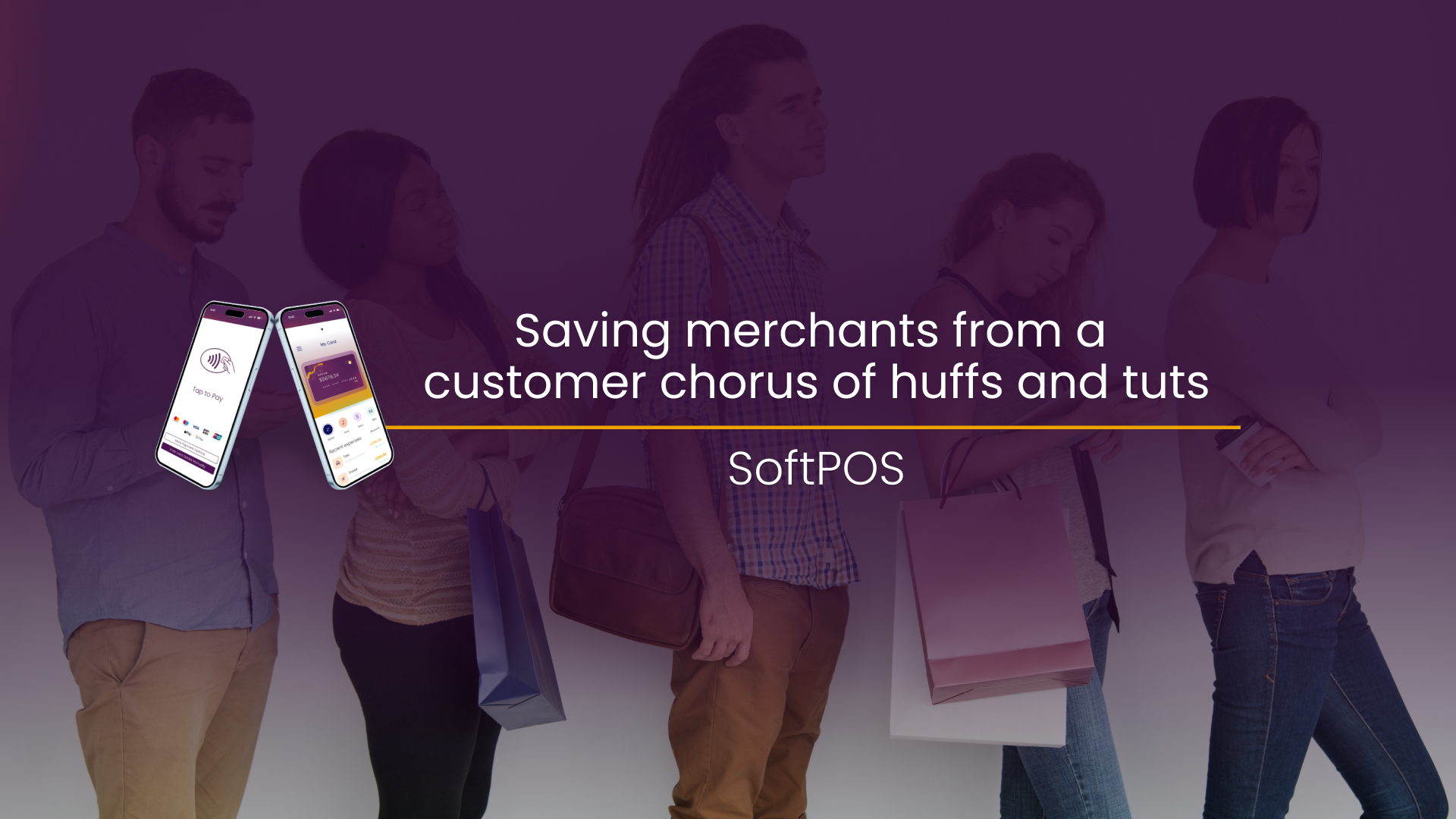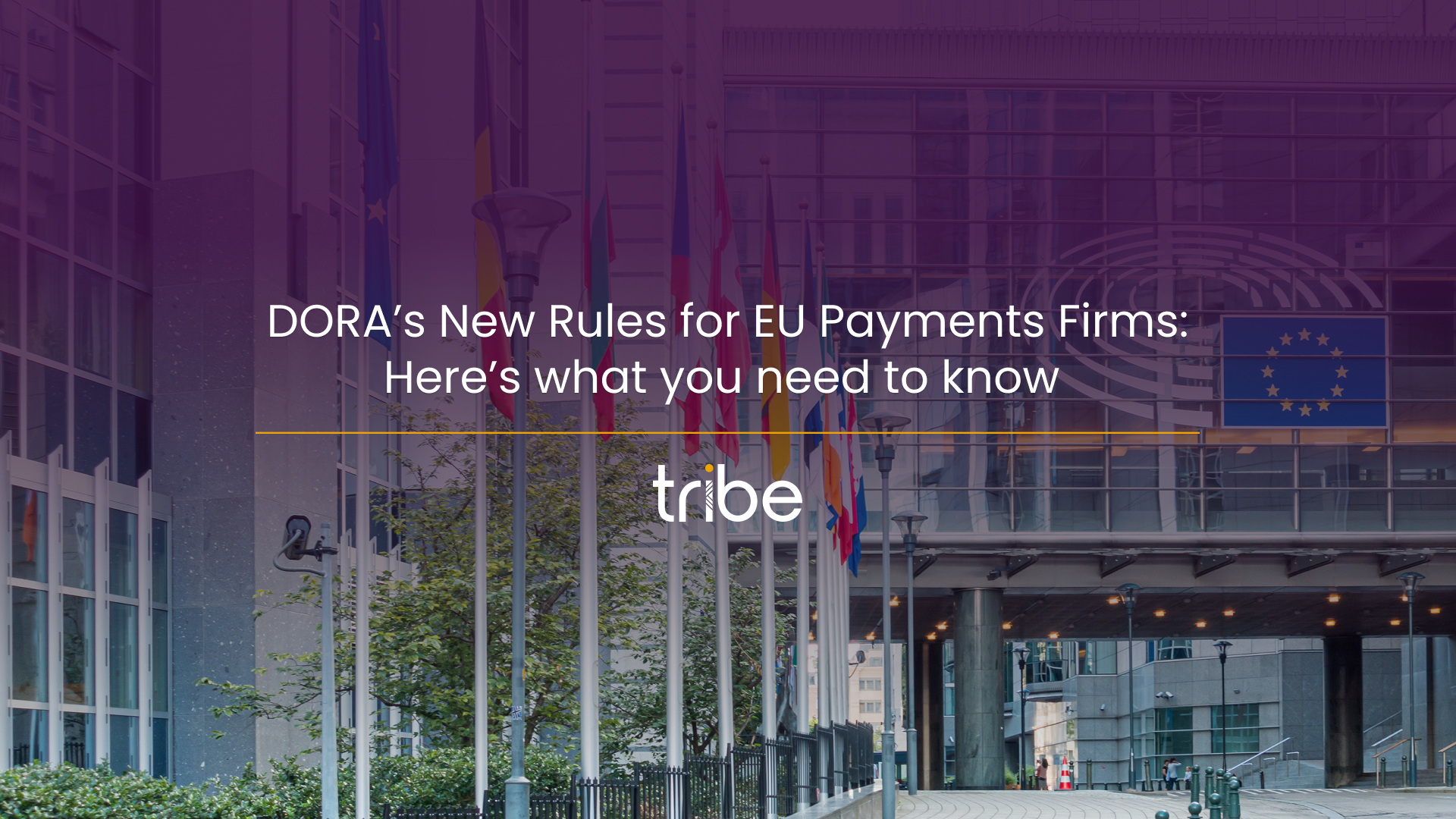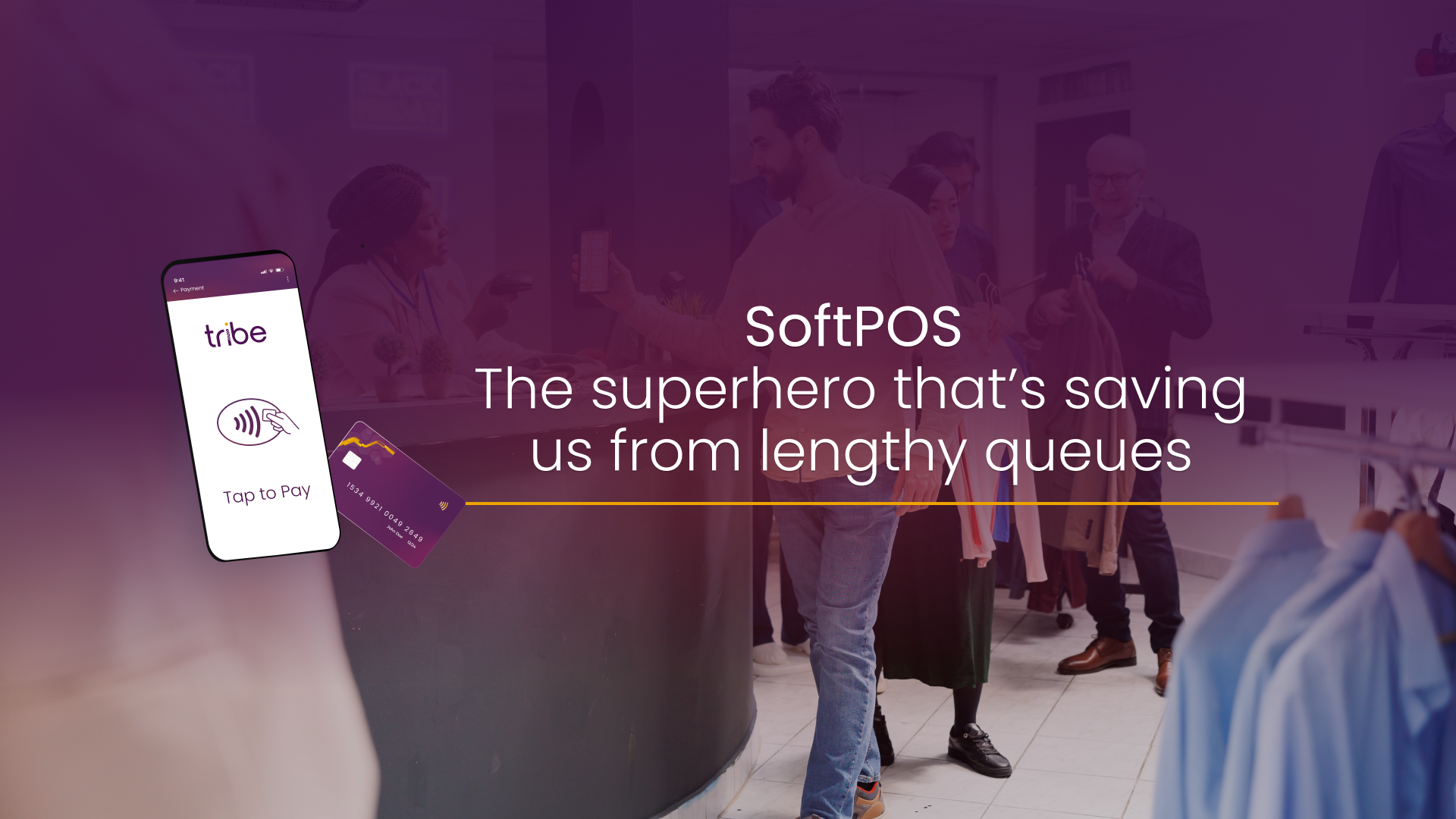MPE 2024: What was discussed?
Another year at MPE is in the books, and it was another highly enjoyable and informative week in Berlin organised by Merchant Payments Ecosystem. Admittedly, it was hugely disappointing to miss out on the final day of the conference due to last-minute rescheduling on account of the travel strikes, but both myself and the Tribe Payments team still came away with loads of interesting conversations and a few nuggets of information I thought I would try and type up over my morning coffee.
By Alex Reddish, MD, Tribe Payments
Variety remains the spice of life
As a payments processor, Tribe is well versed in the variances in payment methods across the world - and the importance in both recognising the ways to pay that consumers desire, and offering those solutions to our customers.
- Card payments will continue to grow
This is partly linked to how quickly consumers shift towards alternative payment methods, but it is predicted that the US market will reach ‘peak card’ by 2029 - if not sooner - according to research by Bain & Company.
- As will BNPL
We’ve covered Buy Now, Pay Later in depth before, and this method shows no signs of slowing down. According to Accenture BNPL use is up 230% since 2020 and set to reach $1 trillion in global spend by 2026.
- Contactless a soaring success
Over 93% of all in-store card transactions in the UK (up to £100) were made using contactless payments. The rate of adoption has been truly remarkable to see over the past decade - and the technology was most notably spurred on in London thanks initially to the Oyster Card on public transport, before being superseded by bank cards and mobile wallets. Additionally, the ease of having multiple cards on a mobile device has never made it easier for consumers to choose their method of payments. Maybe we really have now reached the top of the bell curve for plastic card production in the UK.
VAS: Where the battleground lies
So where are the opportunities for merchants and acquirers? Consumers can ultimately satisfy their basic payment needs through a range of providers that offer the same services. The million-dollar question is: How can you acquire their loyalty?
The key differentiator will be going that extra mile. How many services can you provide with that payment? How can you offer more value to the customer? Enter VAS: Value-added services. From providing additional fraud/security services through to business intelligence and loyalty programmes, there are distinct opportunities for merchants and acquirers to bolster their user base.
Take it back a step for a moment, and think of how managing your everyday current account has changed with the advent of banking apps, and how various providers now display upcoming direct debits, helping you keep track of future expenditure - or even allow you to freeze your banking card when it’s stolen or mis-placed. These are just some of the examples of maximising the technology and data available to improve customer experience.
The customer is king
Tribe continues to work closely with acquirers to deliver the solutions that both they and their merchant customers require. Our 2022 report revealed consumer trends and bugbears, and these remain true today. Among the stats and insights shared at MPE was that 37% of shoppers will not go back to a merchant after being falsely declined, while a whopping 60% of consumers will abandon the checkout process if it takes longer than two minutes.
Opportunity knocks in Africa
This will come as news to no one. The fintech world is acutely aware of the golden opportunities that the continent presents, with well over half the population in Africa still unbanked (350m financially excluded adults, according to the team at dLocal).
Over the next decade, it’s predicted that the top five African nations will add more spending than the top five countries in Europe.
Mobile Money boasts 290m subscribers, with 60m active monthly users, and a mere 44.9bn transactions per year. The challenge for established players is just how can they enter these markets?
And finally... Some quick-fire South American stats:
-
Pix - the dominant Brazilian payment platform - accounted for US$81bn worth of transactions in 2023, and an expansion to other nations in the continent such as Colombia and Chile has been mooted
-
Peru’s Yape boasts 15 million users (11m active monthly) and is Peru’s first super-app, and can be opened with just a phone number
-
56% of payments in LatAm are made in instalments; a byproduct of inflationary markets and wages forcing residents into fractional payments












.png?width=137&height=90&name=Payments%20Awards%20(1).png)


.png)